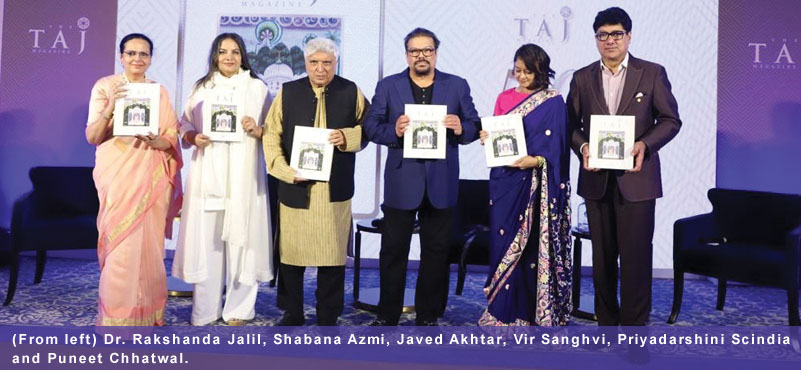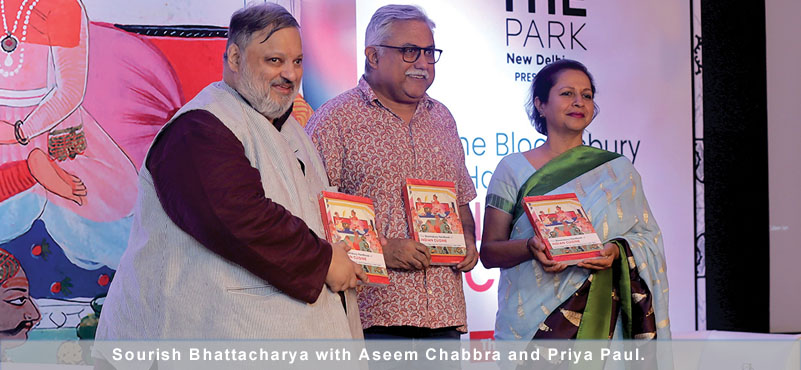Immersive and experiential tourism have acquired serious business propositions and can no longer be viewed as peripheral offerings. As the consumer’s awareness, capacity to spend on travel and desire to sample the unique grows, the segment will acquire a more significant standing in the hospitality business landscape and revenue pie, feel leading hoteliers. We spoke to them to understand what’s trending in the segment which has transformed into a mainstream and can’t be termed niche anymore.
Ashwani Khurana, Owner, Karma Lakelands
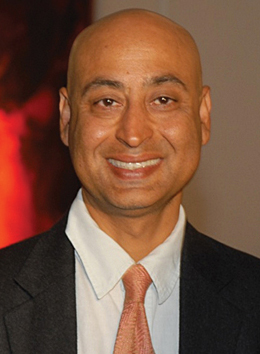
Owner, Karma Lakelands
What’s driving the trend: The consumer or the industry?
He was unambiguous that his project was “more of a trend-setter rather than driven by industry trends” “Consumers do not even know that an offering such as Karma Lakelands can be available, and they are not even going around seeking it. In this case, deep inside, every consumer desires what Karma Lakelands has to offer. However, it is not in his wish-list, simply because it is not readily and practically available,” he reasoned. He added that Karma Lakelands was purely an entrepreneur-driven initiative because of his passion for ecology.
When asked to comment on the larger industry trend around immersive and experiential travel, he elaborated that it was not very feasible to curate such a massive tract of land, heavily orientated towards ecology and environment, amidst such urbanisation. “That challenge will remain. Irrespective of the financial heft or the size of the project, it won’t be viable to construct something spread across 300 acres. After all, every project has to be undertaken keeping viability in mind,” he said.
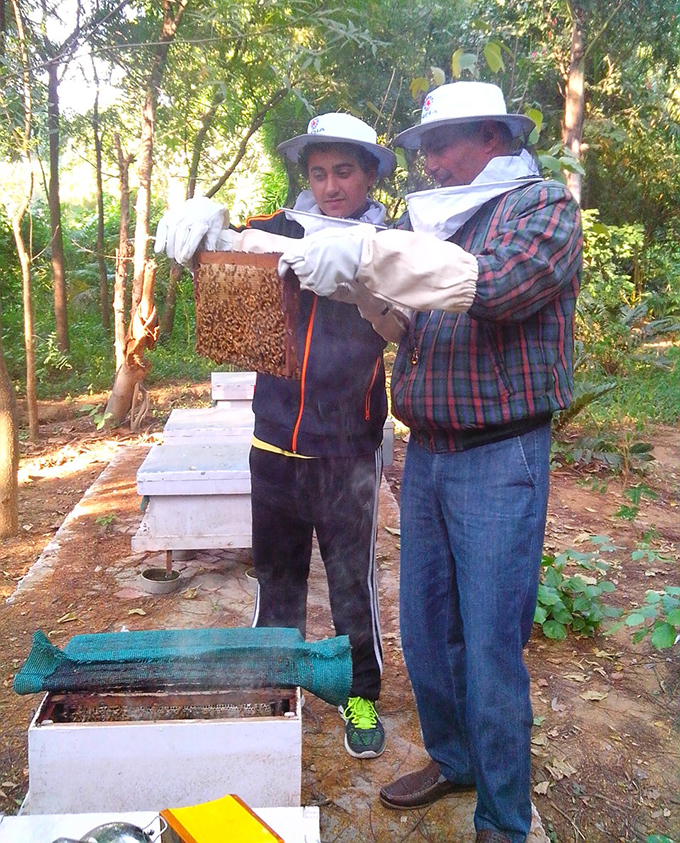
He insisted that his project was unique in its scale and the fact that eco-initiatives are at the heart of everything that Karma Lakelands does, yet it is not the only brand offering experiential and immersive tourism offering in India. “It would be arrogant of me to claim so,” he insisted. He suggested that projects like the Karma Lakelands could only fructify if the hospitality driver had the luxury of not being driven purely by ROIs. “Only if the project is being undertaken by a driver who is either financially very well-endowed or abundant in spirit will give us more such products,” he said. When asked if he meant that experiential and immersive products were not the best bets for ROIs, he insisted that it was the case, “if one took it to the scale of Karma Lakelands.” Further detailing the product offering, he said that a sizable tract of land had been earmarked and called “the Village”, consisting of farm animals of various kinds. More innovative concepts such as going nearly Zero waste, creating Eco bricks out of discarded plastic to create eco-huts, vermicomposting, and using consumed fruit seeds to turn them into saplings that Karma Lakelands planted through one of its social forestry initiatives etc. were integral to the larger visitor experience. He reflected that while hotel companies were not undertaking such projects, they could if they chose to as they necessarily did not need 300 acres of land to execute them.
He concurred that the quest of the modern-day traveller for experiential travel was driven by massive urbanisation and while “albeit temporary, it was a cure, a relief for most.”
Karma Lakelands
Karma Lakelands embodies the ideals of experiential and immersive tourism. Spread close to 300 acres of lush, landscaped greens, water bodies, meadows and lawns, Karma Lakelands is an eco-responsible golf course and resort with luxury residences, boutique hotel – Karma Chalets and a clubhouse – Klub Karma. The product is a heady mix of nature, golfing, sustainable luxury, and a whole lot more. Mr Khurana explained that it was not only eco and immersive “but back to nature and out-of-the-box which most others could not even think of offering.”
Anuraag Bhatnagar, Multi-Property Vice President Mumbai & Goa at Marriott International
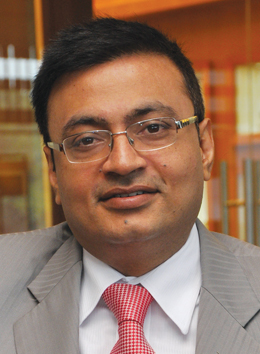
Multi-Property Vice President Mumbai & Goa at Marriott International
Mr Bhatnagar believed that the shift had begun in the recent past where travellers, especially in the luxury segment, were increasingly on the lookout for experiential travel and stay. He stated that it was not only necessary to have a great brand or a great location but equally to provide enrichment in terms of the quality of the experience. “They want to explore unexplored destinations and create personal connections,” he said, describing the trend.
Sharing Marriott’s modus operandi to tap the segment, he said that having realised the changing landscape, many of its brands, especially in the premium luxury space, had curated their services and rituals to cater to the demands of the new-age traveller. He added that the pervasiveness of the experiential quotient was not limited to the travel, tourism and hospitality sectors and he had noticed the shift equally taking place in other industries and segments. “Whether it is the premium automobile segment or the quality of technology. There has been a pronounced shift towards experiential, rather than the hard stuff or the power of the brand,” he explained.
Industry or consumer: What’s driving the trend?
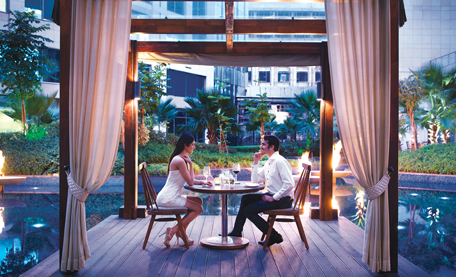
Given the expanse and sheer size of large brands, staying afloat to constant change could be an arduous task. With the ever-evolving nature of the experiential segment, it was relatively easier for stand-alone properties to stay more relevant as they had the liberty to be nimbler, he reflected. “Talking about brands, it is equally about how agile and connected brands are, and how the voice of the consumer is reaching them and what are they doing about the feedback. Marriott has a very strong feedback mechanism. We are constantly appraised through our technology partners, allowing us to be slightly ahead of the curve about experiences which can be scaled up and rolled out globally,” he detailed. He explained how the Marriott brand Westin had been the trendsetter as the wellness brand. He added that concepts such as the Heavenly Bed and Spa and Run Concierge were introduced as new elements as Marriott understood that wellness was the new luxury. “With JW Marriott, we came up with Symphony of Service which was aimed at delivering wellness with a touch of luxury. Similarly, it was about unlocking the destination for our ‘Meridien’ brand. Guests get to visit old temples and strawberry farms at our property in Mahabaleshwar. The focus is on curating discoveries for the guests. For our W brand, we have curated an insider program. An insider is the one who becomes a destination guide and acquaints others of hidden treasures of a destination. So there is a lot of stories and narratives behind these undertakings,” he said.
Marriott could come up with curated experiences with each of its brand, and they could be scaled up. “Our staff could be trained to deliver a consistent service throughout our brand offerings, across the globe. Indeed, it did take time and it is an ongoing process. Training on the brand promise is an extremely critical part of the induction process when we rope in new associates. They are fully geared to deliver on the Marriott promise when they step into operations,” Mr Bhatnagar noted.
Trending or here to stay: thoughts
Reflecting on the road ahead for the experiential and immersive segment, he bet his money on the sector’s growth, eventually cementing itself as a formidable segment of the hospitality offering and the business pie. “I believe that our resorts and new and unexplored destinations are going to become game-changers, foreseeably, in the next few years. The desire to explore new territories, fuelled by travellers with a much greater propensity to travel and deeper pockets, is the big change,” he remarked. He submitted that the trend was visibly reflected in India’s outbound numbers which far exceeded the inbound count.
He shared that most of the hospitality players, including Marriott, were seeking newer destinations. Marriott was focussing on how the resort segment of the business plan which was becoming extremely relevant to the changing dynamics of the market. “Getting the right location, partner, and infrastructure at an exotic destination which can fuel the demand are all important aspects of the growth strategy. There is a lot of headroom for growth in the resort segment in the structured branded space,” he declared.
Sonavi Kaicker, CEO, Neemrana Hotels

CEO, Neemrana Hotels
Consumer or industry: What’s driving the segment?
Ms Kaicker said that in the case of Neemrana Hotels, it was them who had carved a niche that didn’t exist before which was less formal, “even whimsical product full of history and local warmth.” “It is non-hotel quotient overcompensated by the authentic local. Of course, there is a whole segment of foreign clients seeking this but we made the Indians proud of their Indian holidays. The pictures and panoramic postcards – in those days – created an irresistible destination. It didn’t look like the postcards from the Eiffel Tower or the Taj Mahal. That was déjà vu,” she said.
Neemrana Hotels spelt discovery, surprise, design, minimalism (but not boutique nor Scandinavian natural wood or Singaporean glass), she explained. “A whole new Indian heritage identity was created, quite subconsciously or just intuitively in which you didn’t have to be the owner to receive visitors. History was the host and you walked into its gates, naturally awed,” said the hotelier
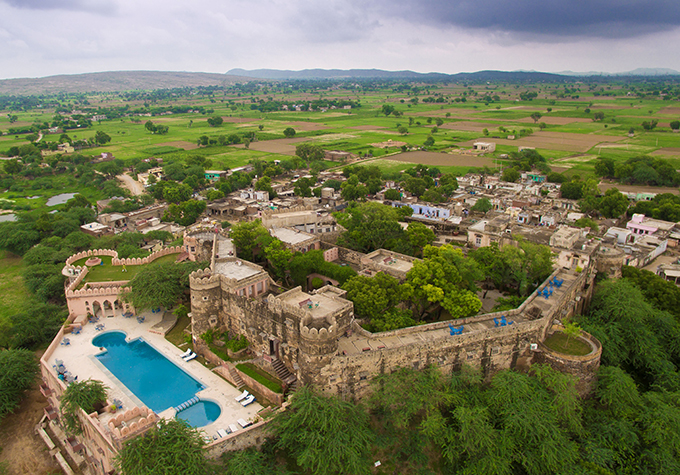
Fad or a long-term segment here to stay
It was certainly not a fad, she said. “It is the present and the future. Why would the more travelled guests seek to revert to standardised hotel experiences instead of memorable, magical ones?,” Ms Kaicker reflected.
Stand-alone or chains. Who has the advantage?
On the question of whether stand-alone hotels had more elbow room than larger chains, she noted that it was too “simplistic” to take a side, stating “Yes, it is easier to be more authentic when you are – and proud of being local rather than complex about it. Tweaking and upgrading are constant as the aspirations change. It would be too simplistic to say whether it’s tough or easy for hotel chains versus stand-alone properties to offer such elements.”
Suggesting it was more “the motivation and vision of the team” who were the driving force ensuring that guests have experiential and magical moments during their stay, she added that at Neemrana, ‘heritage’ wasn’t static or fossilised, but constantly evolving, alluring and revitalised.



